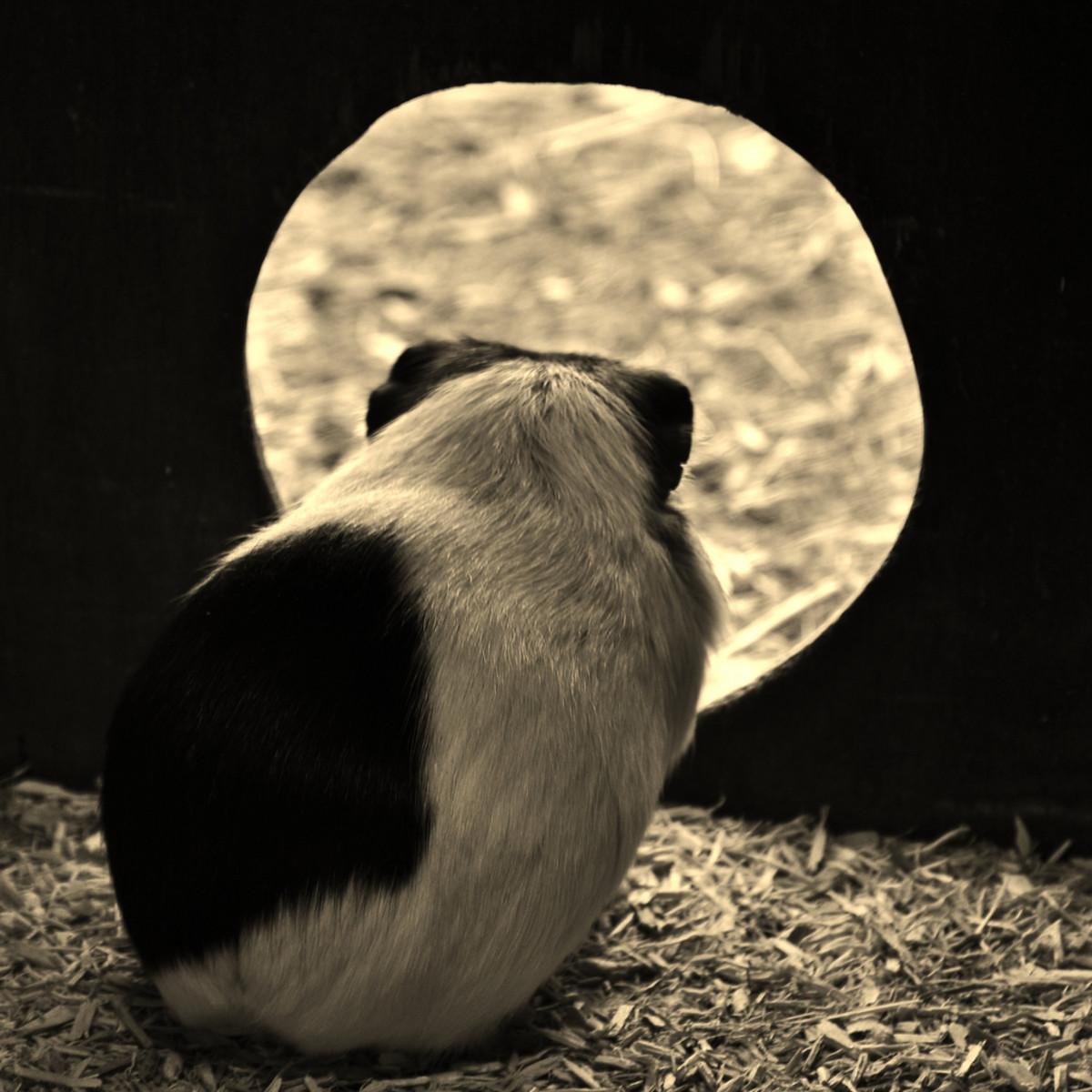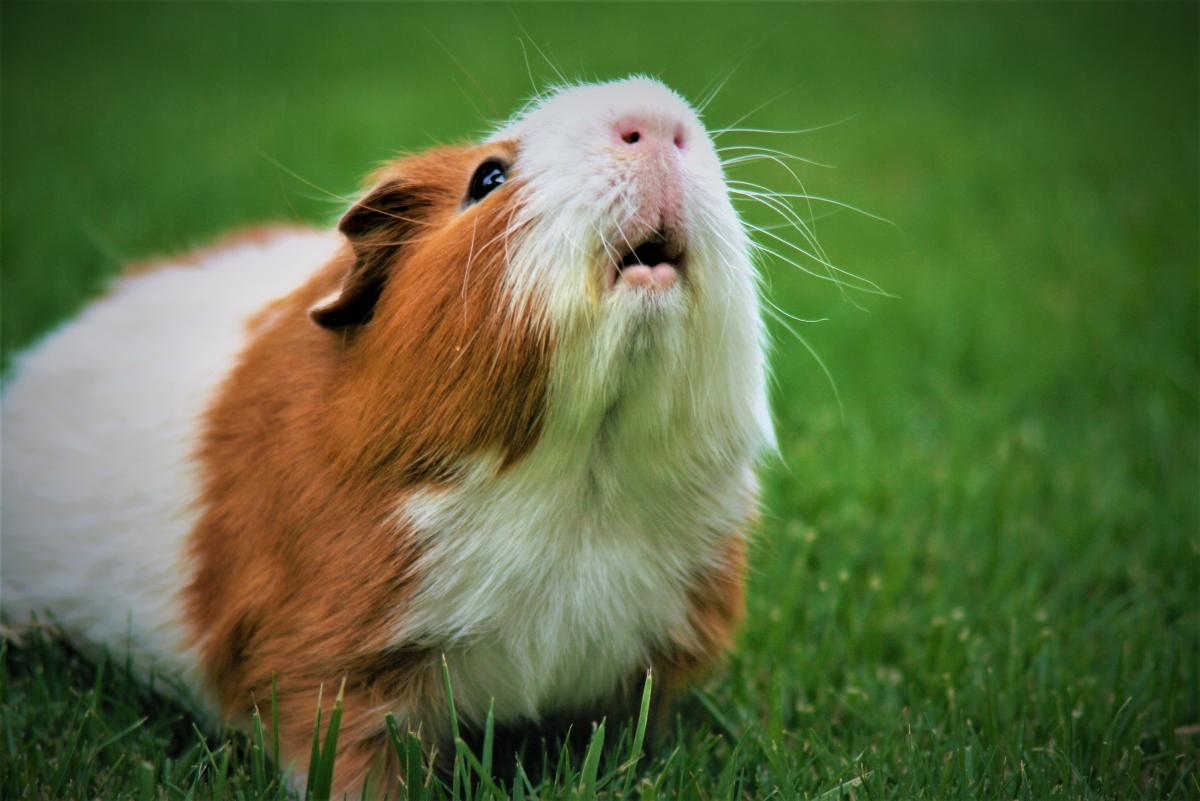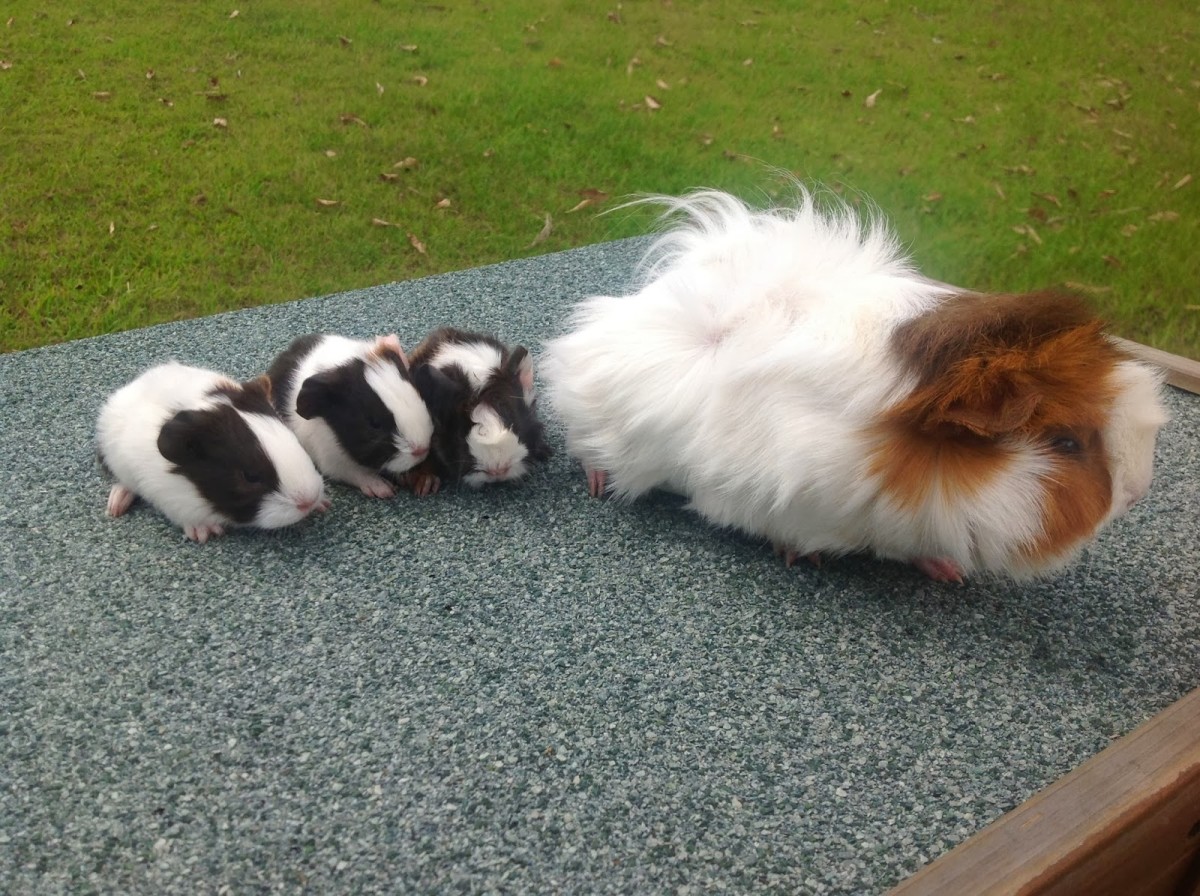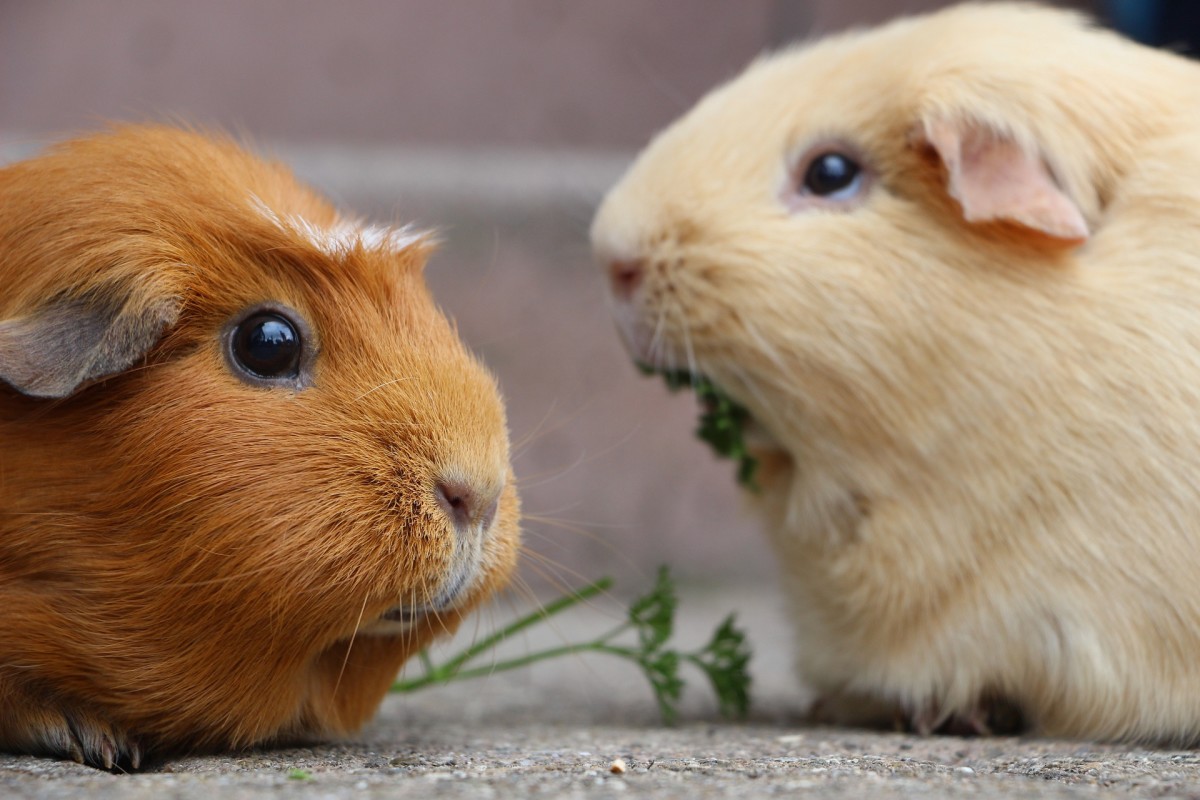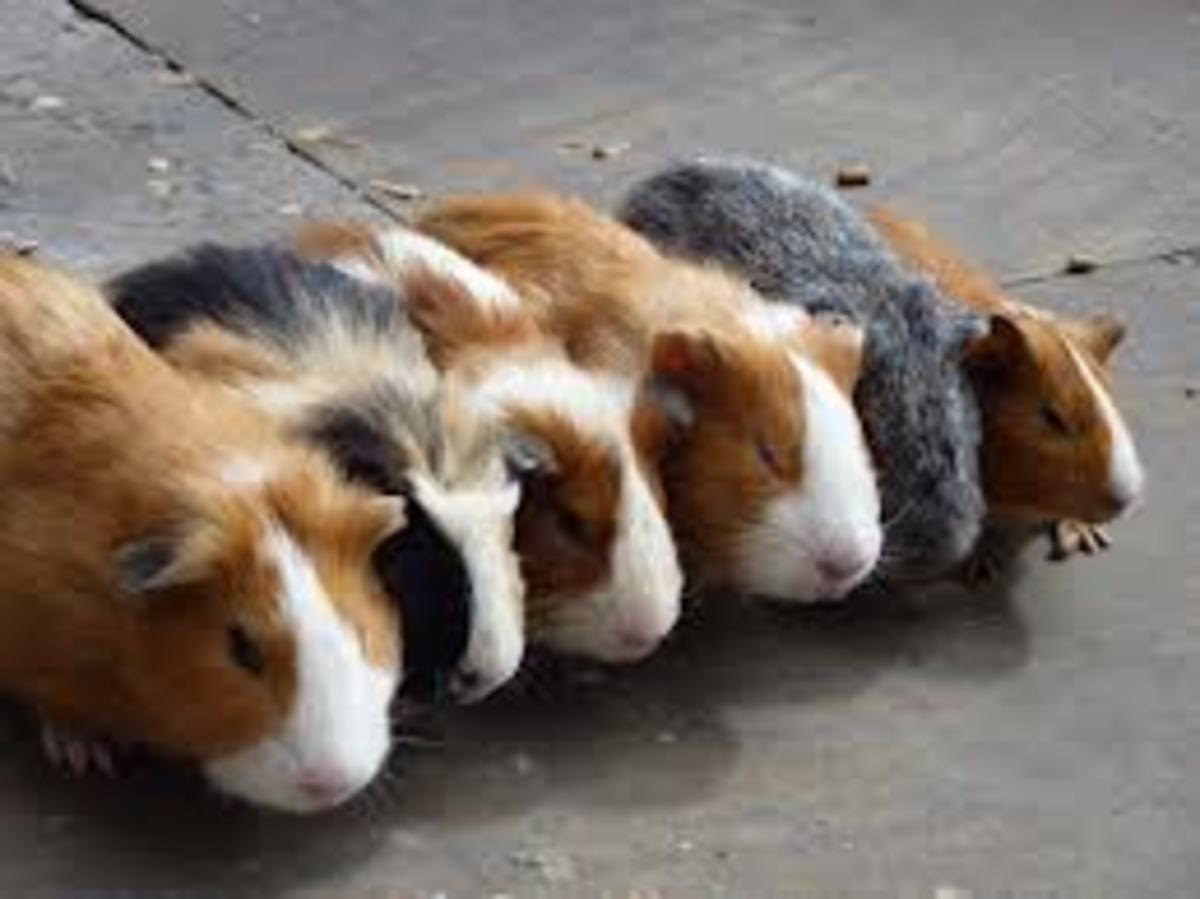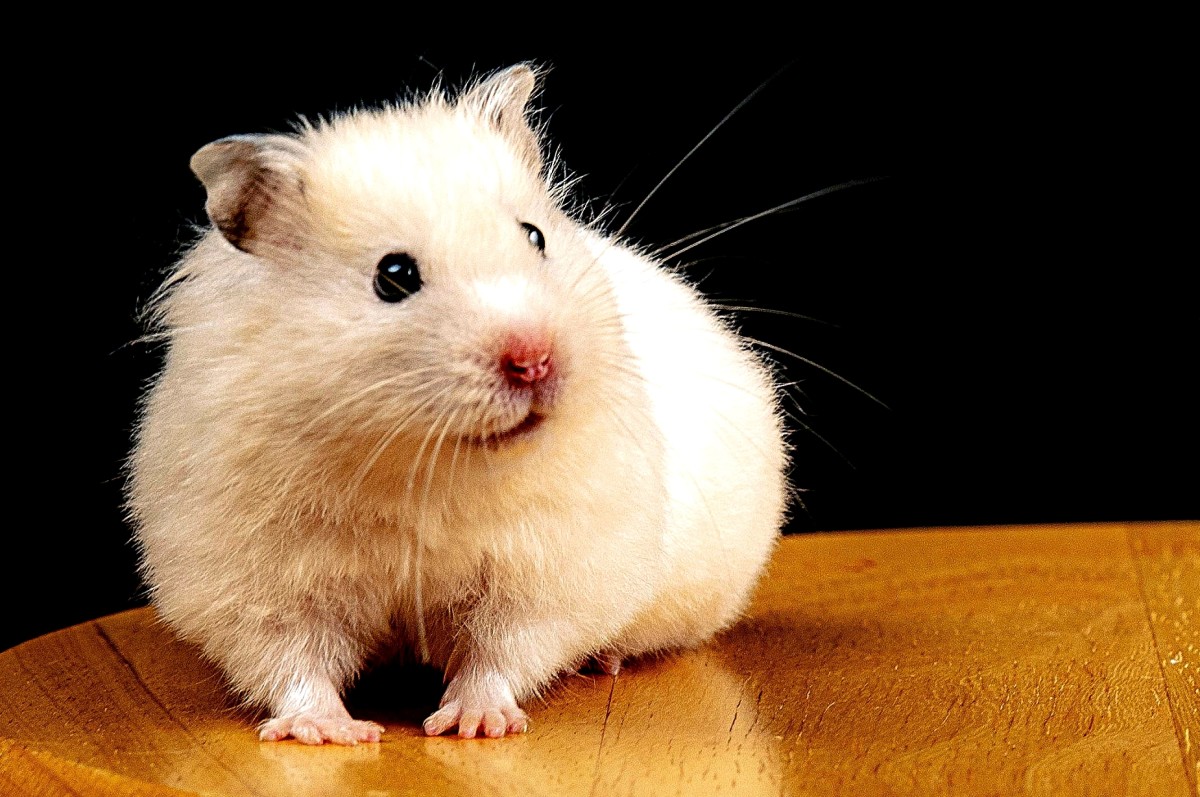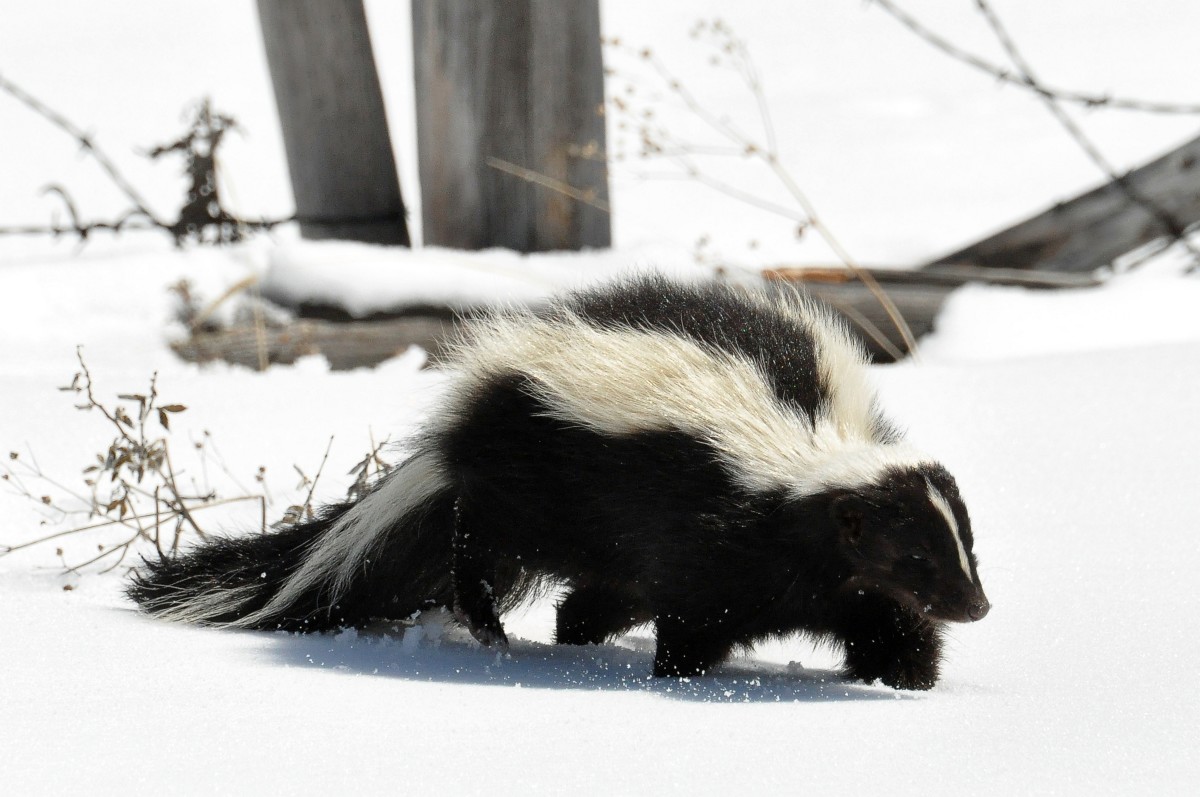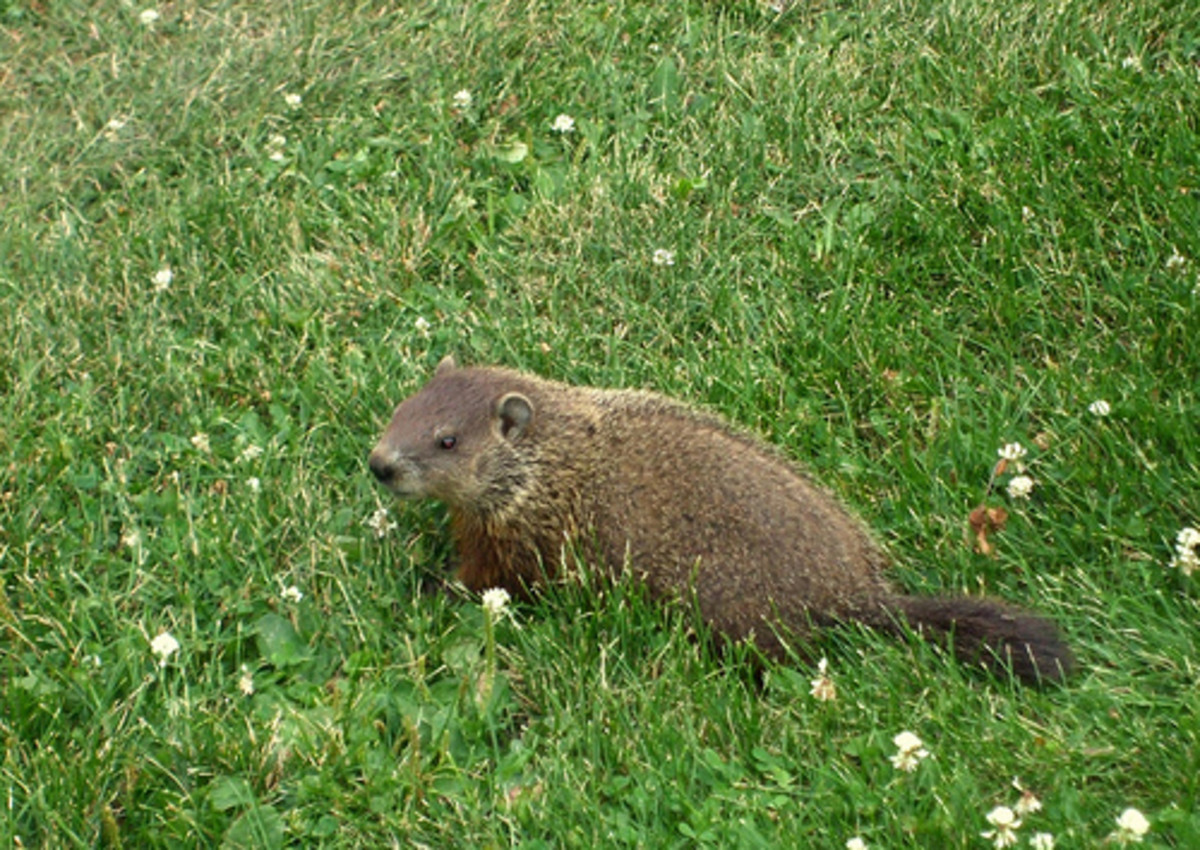I Love Guinea Pigs
Sweet Baby Cavy!
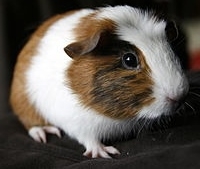
Gentle, Sweet Pets with Personality
My family has had the pleasure of caring for many guinea pigs over the years. They are delightful, low-maintenance critters. They require a home, litter/bedding, and a diet that includes vitamin C. (Like humans, guinea pigs can't make their own vitamin C. They get it from the foods they eat.) They also require some nail trimming, occasional baths, and chew toys to keep their teeth from getting too long. (Rodent teeth never stop growing, so they have to chew to wear them down.)
You should learn which veterinarians in your area are equipped to handle "pocket pets" or "exotics" so you know where to go in case of an emergency. This is not something you want to be figuring out in a crisis situation. Put the vet's number with your other emergency numbers.
Photo Credit: Wikimedia Commons
Abyssinian Guinea Pig
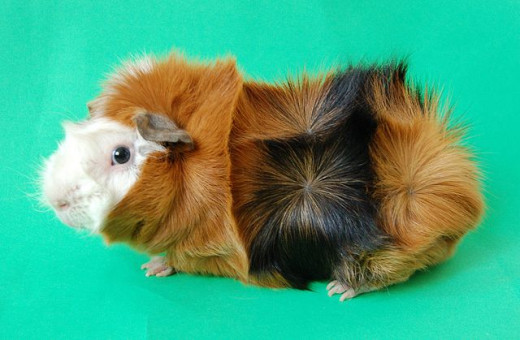
Socializing Your Guinea Pig
Guinea pigs are naturally shy creatures, but can be socialized to become great pets. My family has had experience with seven of our own guinea pigs over the years; we also have experience pet sitting for friends' piggies. Socializing your guinea pig is a fairly simple process, requiring only time, treats, and the desire to bond with the pet.
Keep in mind that the guinea pig, or cavy, is a prey animal. In the wild, the cavy's best defense from hawks and owls is to be as inconspicuous as possible. Thus, your new guinea pig, if not yet socialized, will probably want to stay in a corner or hideaway. Whenever adopting a new guinea pig, I like to give the animal its space for the first day or two, only providing food, water, and a few softly spoken words or a gentle stroke of the fur. When it is time to clean the cage on the second day, one of us will hold the cavy on our lap, sitting still and petting the animal while feeding it a treat. The hand feeding of treats is a key to getting the cavy to "come out of its shell." From the third day on, we interact as much as possible with the animal unless it shows signs of stress, e.g. chattering teeth or screeching loudly. The screech of distress, however, is not the same as the "wheek" noise that happy piggies make when they see you and want a treat or some attention.
You can know your cavy has warmed to you when the sound of your footsteps causes insistent "wheeks" that are stopped only by the hand feeding of a treat. Guinea pigs quickly learn to associate the sound of the refrigerator door with treats. Any time the door opens, the "wheek, wheek, wheek" will continue until a carrot, lettuce, or piece of fruit appears in the food dish. Our guinea pigs were often found sitting on desks next to children who were doing homework, or sitting on laps watching television, munching snacks along with their human friends. Be sure, however, to never leave a guinea pig unattended on an elevated surface. A fall would be deadly.
Socializing your guinea pig is a pleasant and rewarding task. The gentle cavy makes a wonderful first pet for children who are old enough to gently handle a small pet. A socialized guinea pig is also healthier, because cavies who are handled every day will have any health problems detected quickly by their caretakers. You will become familiar with your animal's normal behavior and will be able to get your cavy to a veterinarian promptly because of your daily interaction with the pet. A healthy, well socialized guinea pig is an asset to any household!
Types of Guinea Pigs - Different Coats
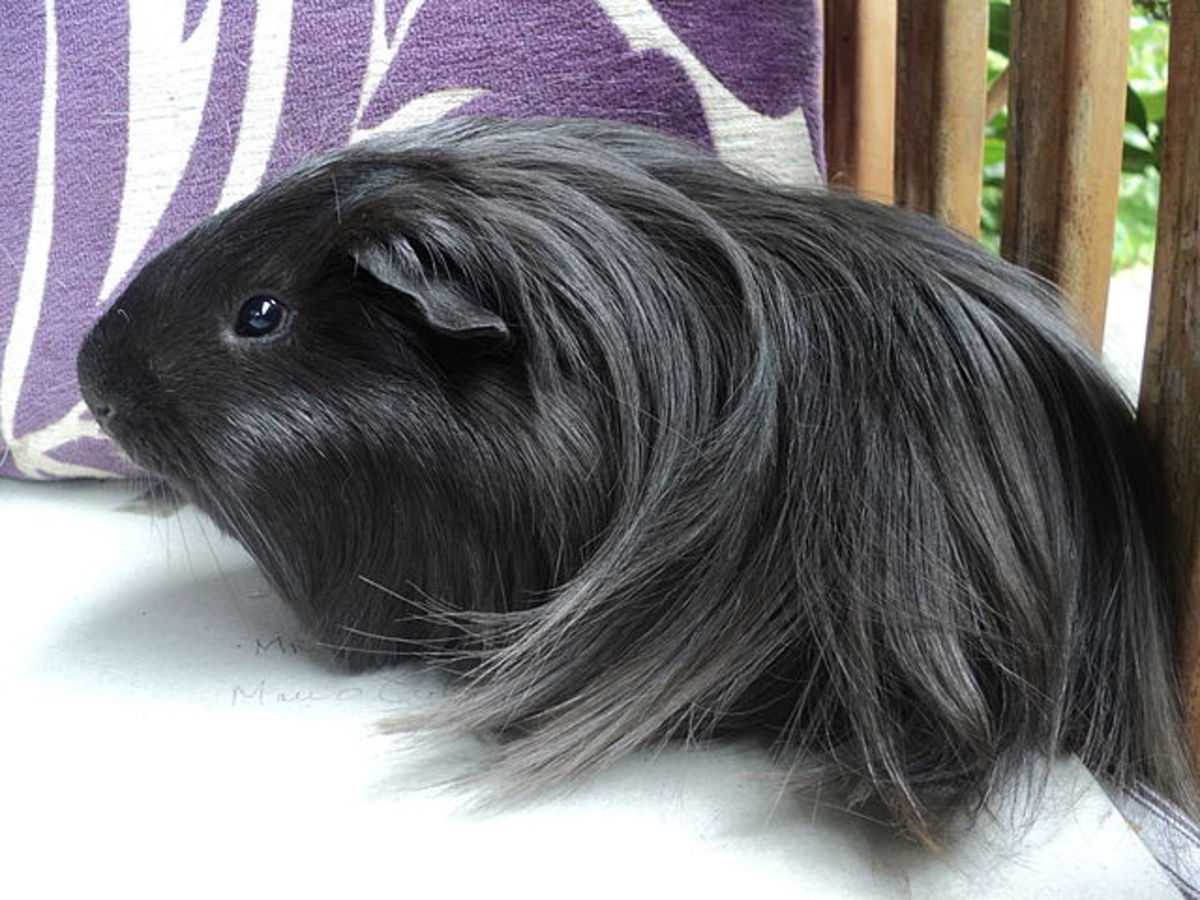
Guinea pigs are also called cavies. They live in the wild in the mountains of South America. Domestic cavies come in a great variety of coats and colors.
Smooth Coats
These piggies have short, straight hair that lies down smoothly. Crested breeds have a crown-like swirl of fur at the top of the head. The Skinny Pig is a hairless breed.
Long Coats
Peruvian guinea pigs have very long, flowing fur all over the body. A Texel has long, curly fur. Other breeds with long coats include the Silkie or Sheltie and the Coronet (a long-coated pig with a crest.)
Rough Coats
Abyssinian pigs look like somebody gave them a bad haircut. They are covered in rosettes (the guinea pig version of a "cowlick") from which the short fur grows in all directions. Rex and Teddy breeds have short, rough, dense fur standing up all over their bodies, rather like a plush toy.
Your Opinion:
Would You Enjoy a Guinea Pig as a Pet?
The Capybara: World's Largest Rodent - A Giant Guinea Pig!
Links for Cavy Fans
- Guinea Pigs
A guide to guinea pig care, including feeding and housing - American Animal Hospital Association
Everything you need to know to care for your pet guinea pig. - Capybara. Facts and Information: Habitat, Diet, Health, Breeding, Care, and much more
Guaranteed to answer all of your questions, this book is a must have for anyone looking to properly care for Capybara. Capybara habitat, diet, health, breeding, care, and much more all covered. The Must Have Guide for all Capybara owners.

